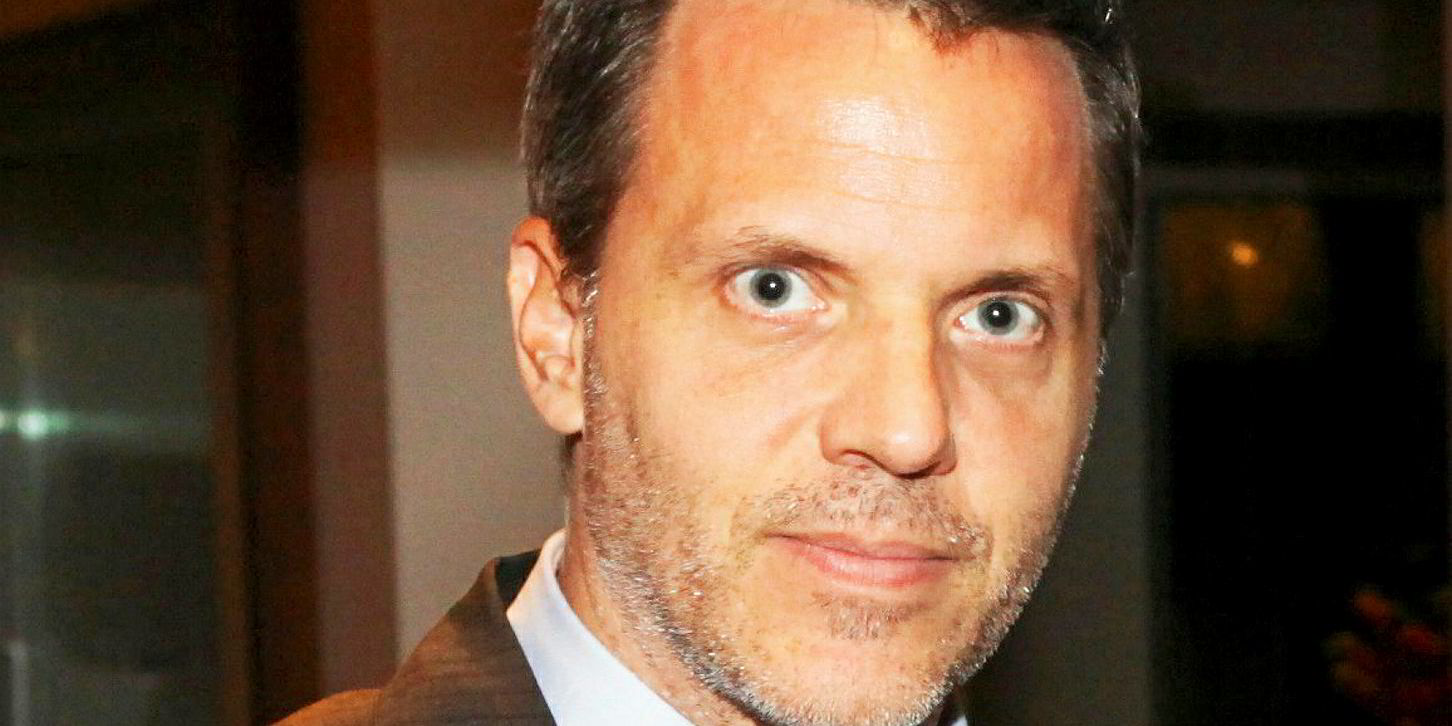A seasonal upswing in tanker rates in the fourth quarter of 2018 fired the starter pistol for an up-cycle, according to Fearnresearch.
High scrapping ahead of IMO 2020 rules, a manageable VLCC orderbook and a likely rise in Opec production this summer are all fuelling the optimism.
Dag Kilen, senior shipping analyst at Fearnresearch, told a seminar in London today: “Our expectation is that Q4 2018 was the beginning of an upturn that will last for two years in tankers.”
Despite the positive read, Kilen told an audience of investors and top level shipowners the start of 2019 would see the market cool. This will be due to both a typical early year spike in newbuilding deliveries and refinery maintenance.
“April/May is expected to be a temporary setback before we have some upside in the second half,” Kilen said.
The fourth quarter of 2018 saw average VLCC rates of around $46,000 per day. They are expected to reach $59,000 per day in the last three months of 2019, which is still not extraordinary by historical standards, he explained.
Tanker scrapping activity hit the highest level since 1986 in 2018. The first half saw 21 VLCCs delivered and an equal number scrapped.
While demolition dipped in the second half, new VLCC deliveries were only eight ahead of those demolished in the period, Kilen noted.
Supply increase to be short-lived
He expects scrapping to start up again in the second quarter, helping to keep the increase in supply at the start of the year short-lived.
Eighteen VLCC newbuildings, including 12 pencilled in for the fourth quarter, have been pushed from 2018 into this year. This has left the 2019 VLCC delivery schedule at 76 tankers.
“If you look at the gross VLCC orderbook for this year it’s kind of scary,” Kilen said. “But I would anticipate we will have at least 20 ships slipping, plus some ships disappearing from trading into Iran storage,” he added.
“Also, increasingly later this year we are going to have older ships pulling out for floating storage of heavy fuel oil.”
At the same time, between 50 and 60 VLCCs are likely to enter drydock to have scrubbers fitted in the second half of the year, Fearntank believes. Further, by June, Opec production is anticipated to come back.
Moving into 2020, Kilen believes the tanker market will be “very strong” before cooling in 2021 and 2022 given anticipated disruption in demand.





